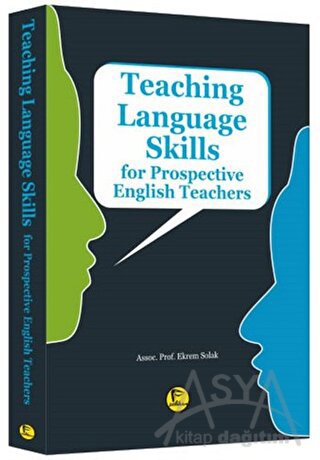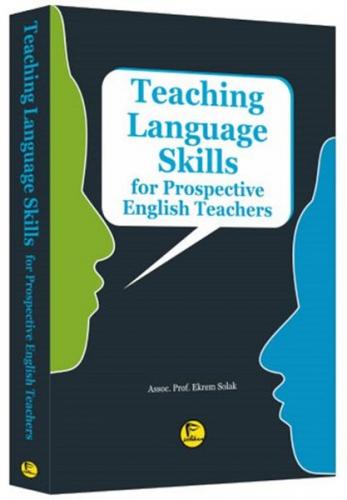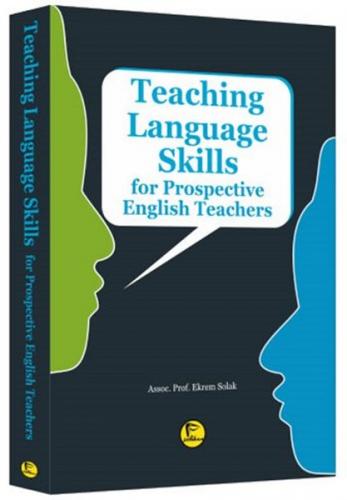Teaching Language Skills for Prospective English Teachers
Yayınevi
: Pelikan Yayıncılık
Stok Kodu
:
9786059029520
Boyut
:
197
Basım Yeri
:
İstanbul
Çeviren
:
Ekrem Solak
Kapak Türü
:
Karton Kapak
Dili
:
tr
Orijinal Adı
:
Teaching Language Skills for Prospective English
Teachers
0,00TL
Stokta yok
9786059029520
606403

https://www.cukurovakitap.com.tr/teaching-language-skills-for-prospective-english-teachers
Teaching Language Skills for Prospective English Teachers
0.00
- Açıklama
- Taksit Seçenekleri
- AkbankTaksit SayısıTaksit tutarıGenel ToplamTek Çekim0,000,0020,000,0030,000,0060,000,0090,000,00İŞ BANKASITaksit SayısıTaksit tutarıGenel ToplamTek Çekim0,000,0020,000,0030,000,0060,000,0090,000,00Diğer BankalarTaksit SayısıTaksit tutarıGenel ToplamTek Çekim0,000,002--3--6--9--
- Yorumlar
- Yorum yazBu kitabı henüz kimse eleştirmemiş.
- Kargo








